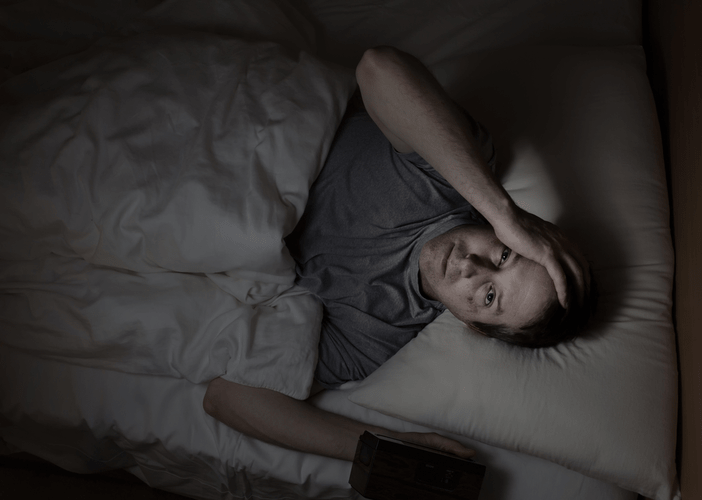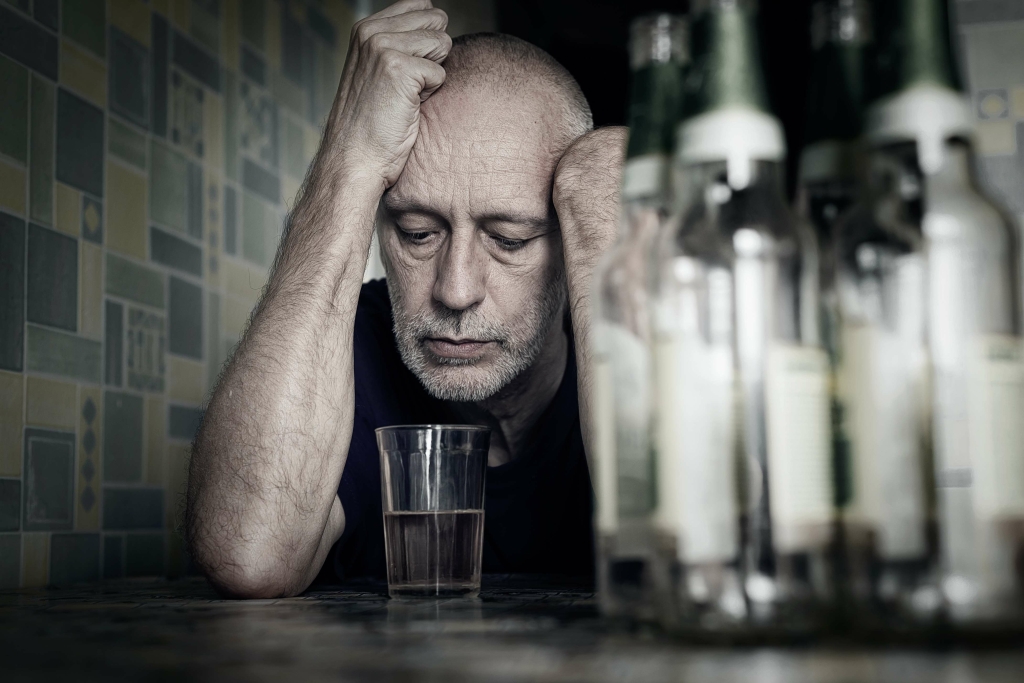An alcoholic nose is characterized by an orange to a reddish hue, often with facial flushing, and an enlarged, engorged nose with prominent blood vessels. Rosacea typically progresses through several stages, with visible skin changes becoming more apparent. Initially, individuals may experience mild redness and occasional flushing. As the condition advances, persistent facial redness and visible blood vessels, known as telangiectasias, may develop. Surgical treatment can remove tissue overgrowth, reshape disfigured noses, and minimize the appearance of enlarged blood vessels. It may be completed with a scalpel, laser resurfacing, dermabrasion, or via cryosurgery.

Who Is At Risk For Alcoholic Nose?
Merge onto I-105 E. Continue for approximately 17 miles.Use the right 2 lanes to merge onto I-605 S towards Long Beach. Drive for about 2.2 miles.Take the exit onto I-405 S toward Long Beach. Continue on I-405 S for approximately 38 miles.Take exit 92 for Bake Pkwy. Drive for about 0.3 miles.Turn right onto Bake Pkwy (signs for Bake Parkway/Irvine Spectrum Center). Continue on Bake Pkwy for about 2.6 miles.Turn right onto Birtcher Dr.Your destination, Birtcher Dr, Lake Forest, CA 92630, will be https://www.laudclinic.com/understanding-the-alcoholic-narcissist/ on your right.
Treatment Specialties
It’s worth mentioning that quitting or why do alcoholics have purple noses significantly reducing alcohol consumption can have positive effects on the skin’s health and appearance. Restoring hydration levels, reducing inflammation, and ensuring proper nutrition can help improve the skin’s vitality and contribute to a more youthful and radiant complexion. Alcohol consumption can have significant effects on the health and appearance of the skin. The skin is the largest organ in the body and serves as a protective barrier against external factors.
Can Excessive Drinking Cause Alcoholic Bulbous Nose?
While the term “alcohol nose” has a stigma, it’s essential to address its root causes, including lifestyle choices, genetic predisposition, and underlying health conditions. If alcohol consumption is a significant factor in your rhinophyma or rosacea drug addiction symptoms, addressing the alcohol addiction is crucial. Working with addiction specialists and undergoing addiction treatment can help you overcome addiction and improve your skin’s health. Alcohol can also increase facial flushing due to its ability to dilate the capillaries in the face, causing broken blood vessels that give the skin a flushed appearance. Chronic alcohol use may make these effects more pronounced, contributing to a bulbous nose with a purple tint in some cases. There is a misconception that being an alcoholic will cause you to form a bulbous and red nose.
- Although studies vary, it’s thought that basal cell carcinoma occurs in 15-30% of people with rhinophyma.
- This means the body adds these calories onto the ones consumed via food every time we drink, which can often put people way over their calorie limit if they drink excessively.
- Recovered spoke with plastic surgeon Dr. Bart Kachniarz to understand exactly how alcohol abuse affects appearance and what can be done to rectify it.
- Early intervention and proper management are key to preventing the progression of rosacea into rhinophyma.
Topical Treatments

However, some conditions may require treatment beyond our capabilities, and we reserve the right to medically discharge a patient for a higher level of mental health care. For many years, it was assumed that rhinophyma (a misshapen, red, bulbous nose skin condition) was the result of alcoholism. Rosacea is a chronic skin condition, while rhinophyma is a severe form of rosacea that specifically affects the nose. Though rhinophyma is not caused by alcohol misuse, if you or a loved one are concerned about your drinking and other potential health effects, help is available.
- The medical term for this condition is actually known as rhinophyma, and there is no known link between alcohol and rhinophyma.
- This chronic inflammation is caused by broken blood vessels and sores on or around the nose, causing it to appear red, swollen, and bumpy.
- Recognizing the early signs of rosacea and seeking appropriate treatment can help prevent the advancement to rhinophyma.
- The self-stigma comes about when people think that they’ve let others down and experience mental harm through a combination of shame and embarrassment.
- Though drinking alcohol may contribute to facial flushing, there is no definite connection between drinking alcohol and those with end-stage rosacea.
If you want to quit drinking but have found that you can’t do it on your own, a treatment program may provide the direction and counsel you need to overcome your dependence or addiction. Whether an inpatient or outpatient facility, either program can help reduce your withdrawal symptoms and overcome the addiction. Moderation can also help with symptoms, as well as diluting alcoholic beverages with seltzer water. Doctors also suggest that heavy drinkers not cook with alcohol if they want to effectively avoid flare-ups.
